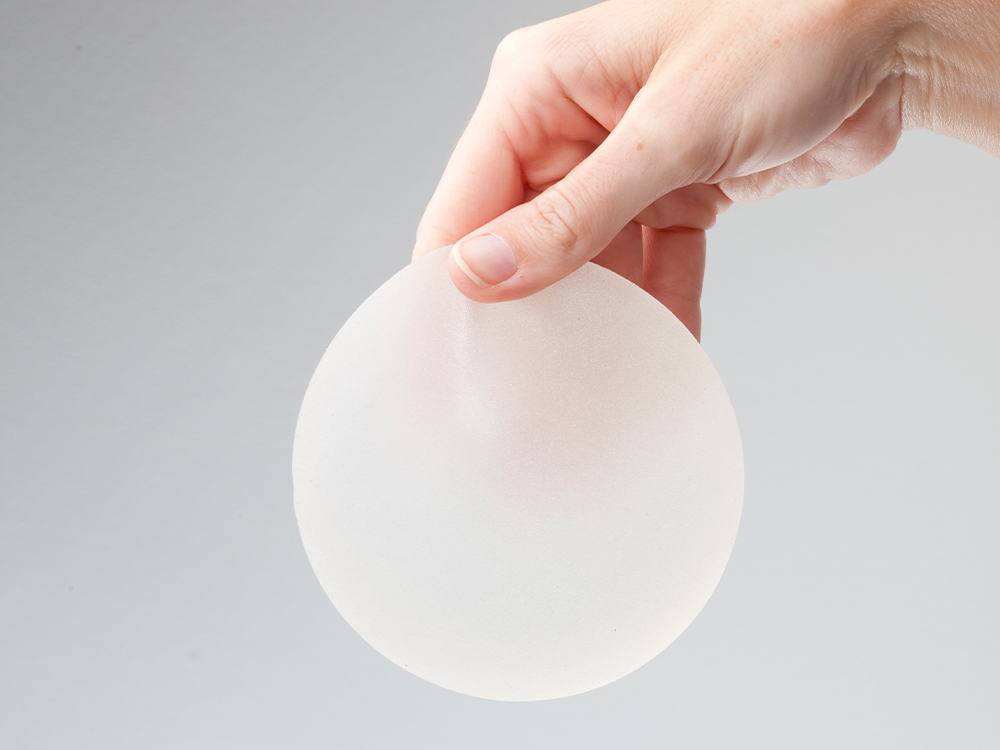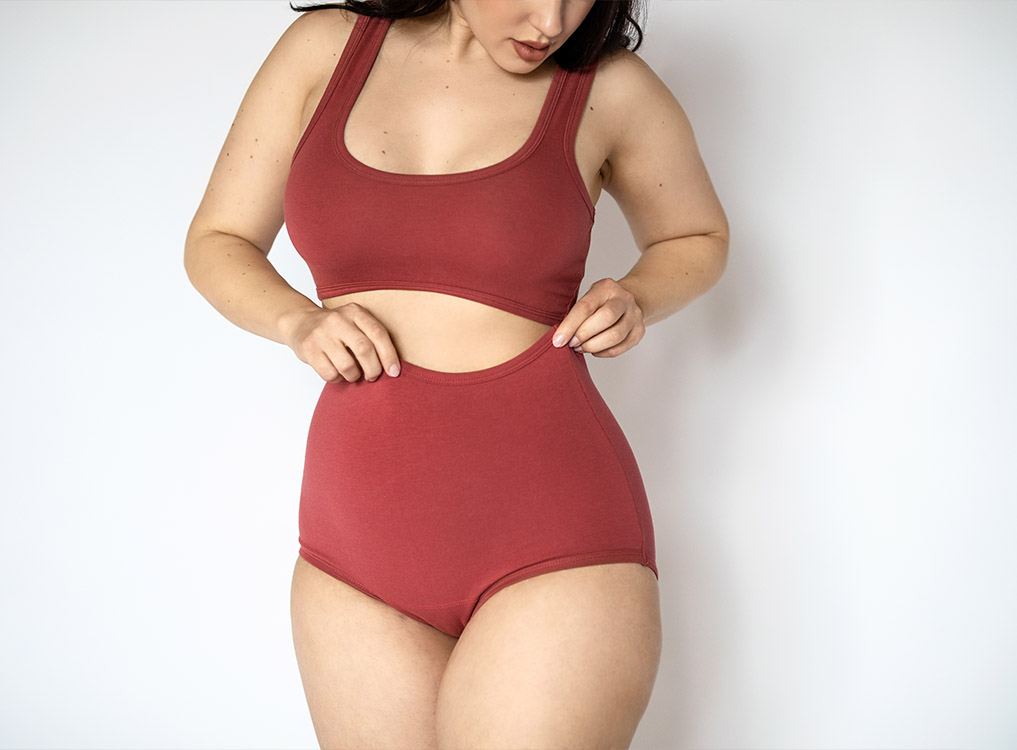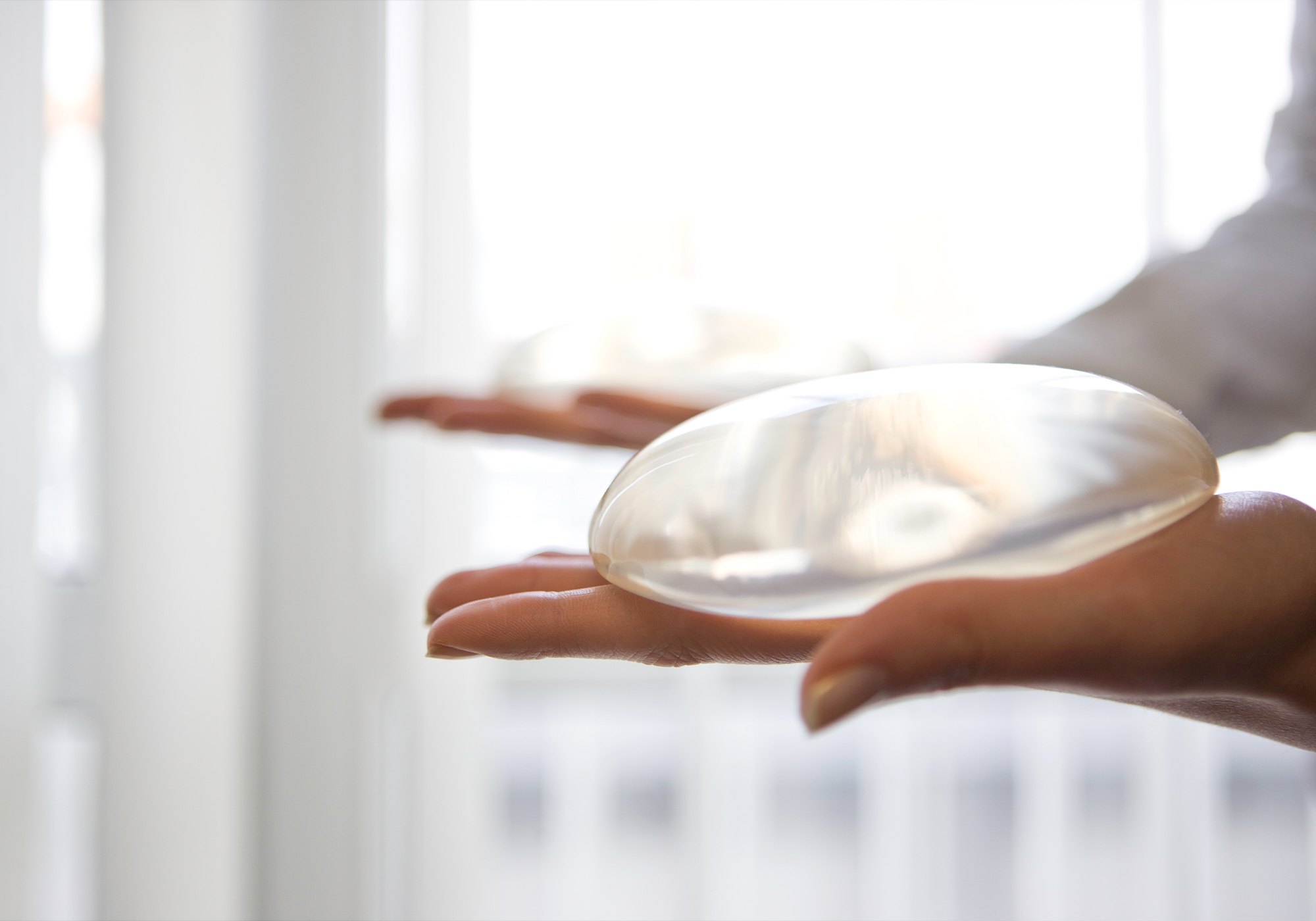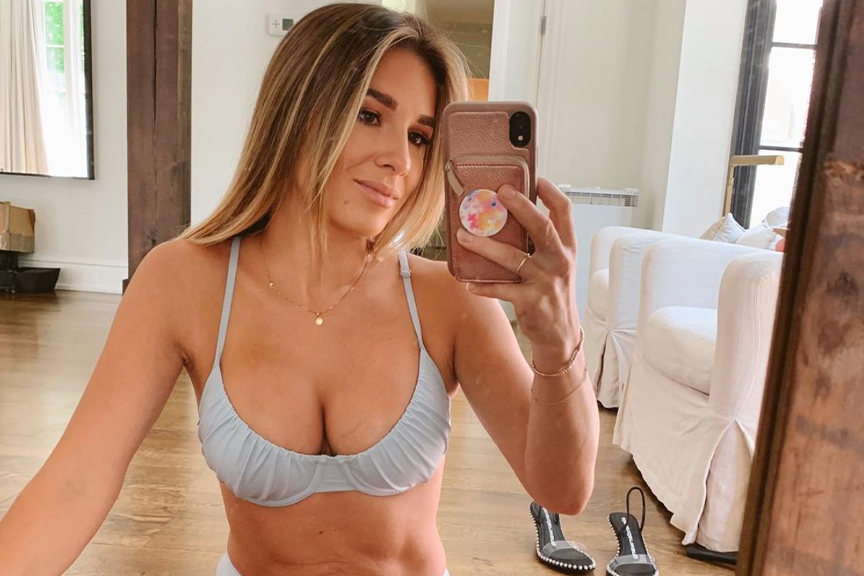Year after year, breast augmentation continues to be one of the top cosmetic surgeries. According to a study from the American Society of Plastic Surgeons (ASPS), there were nearly 300,000 breast augmentation procedures performed in 2019 in the U.S. alone. But what happens if you are not happy with the results?
Over time, breast implants can change shape or size and the overlying breast tissue can also change. Regardless of how long you have had your implants, you may wonder about getting them replaced or removed. Going through any surgery is not something to take lightly, which is why we asked New York plastic surgeon Aviva Preminger, MD about her approach to breast revision.
NewBeauty: What are the most common reasons patients are interested in breast revision surgery?
Dr. Preminger: There are a number of concerns that patients come in to address. With long-term breast implants there can be medical and aesthetic concerns. There are some patients that were never happy with the way the implants looked. Also, over time, with things like age, gravity, weight loss and breastfeeding, the position of those implants have changed and patients are no longer happy with the way they look. These are complicated cases and may call for revision breast augmentation.
Each case is very different. They are often challenging for the surgeon because it’s a second operation. The cases often involve a little bit of creativity, artistry and problem-solving. The issues that patients come to me with include capsular contracture, rippling, rupture or leakage, implant shifting, sizing, shrinkage and asymmetry.
NB: What are some of the ways you treat and correct these concerns?
Dr. Preminger: As far as the different revisions that can be made there are a variety of techniques we can use. If the patient’s body has changed a bit and there is now sagging of the breast, I will often combine the procedure with a breast lift to correct sagging. If a patient’s implant is under the breast tissue instead of the pec muscle and I think that the implants will hold up better long term under the pec muscle, I will change the position of the implant.
The issue may be capsular contracture, which occurs when a tissue capsule forms around the implant. When this is the case, I will use adjunctive techniques to help that from occurring. These can be things like inserting cadaver tissue inside the breast pocket. Also, putting the patient on a regimen of anti-inflammatories like vitamin E and Singulair to prevent capsular contracture and the scarring from coming back.
Another thing that can happen long-term with these patients, more so with particularly large implants, is that the implant can shift and is no longer sitting in the correct position. When I work on these patients, I will sometimes use a mesh or internal bra to help reinforce the fold of the breast and make sure that the implant is sitting in a good position for a more lifted result.
When the issue is unevenness or rippling, a nice technique that I will often use to help try to correct asymmetries is fat grafting. I can actually take fat and suction it from one part of the body and inject it into the breast area to soften the appearance of the implant.
Sometimes I will remove an implant altogether when patients are unhappy longer-term with their implant and do a lift of their own breast tissue and add some fat injections to help augment the breast without an implant. All of these techniques can be done to help correct and revise issues that patients are unhappy with about their implants.
NB: When it comes to size with breast implants, is bigger better?
Dr. Preminger: Sometimes patients come into our office to exchange implants. It can be that the patient feels that they are too small, but I think what often tends to happen long-term is that most patients want to downsize with a smaller implant for a more natural look. Smaller implants hold up better over time and are generally the preferred aesthetic of the Upper East Side of Manhattan.
NB: Do you need to replace breast implants after 10 years? What is the typical lifespan of a breast implant?
Dr. Preminger: My general opinion on that is that if the implants are intact and the breast looks nice, there’s no reason for us to rush and take the implants out. However, these are man-made devices and will eventually break down. For example, silicone rupture, while not dangerous to the patient as far as we know, will affect the appearance of the breast. When there is any suspicion of rupture that is picked up by any type of breast imaging, I do recommend taking the implants out. Usually between 10-15 years you are looking at some possible disruption in the integrity of the shell of the implant and it’s a good time to remove or exchange the implant. I generally tell my patients that they should follow up annually so we can do a physical exam to make sure everything is good.
NB: Breast implant safety has been making the news lately. Can you share more about medical implications regarding the textured implants?
Dr. Preminger: Breast implant-associated anaplastic large cell lymphoma (BIA-ALCL) has been associated with textured implants. While there is a relatively low incidence, there is still risk.
I tell my breast surgery patients that breast augmentation and surgery is not one-and-done and that they will need to follow up. Unfortunately, there are a lot of patients under the misperception that they don’t need to follow up with checkups. I think it is important for patients to know what is actually in their bodies. I do get patients coming in with concerns about wanting their textured devices removed and we don’t have a full understanding of the risk that still remains from the capsule surrounding those devices. If the patient has a thick capsule or scar around the device, I will often remove as much as I can to help reduce the risk.
NB: Are there specific concerns or issues that arise for patients who’ve undergone breast reconstruction?
Dr. Preminger: What we are able to offer for breast reconstruction patients has changed so much in just the past five years. One issue that comes up is animation of the pectoralis muscles, where the implant is put under the pec muscle and you can see it working over the implant. What we can do to soften the appearance of the implant is to use a combination of cadaver tissue, fat injections as well as releasing that muscle, which results in an improved appearance to the reconstructed breast.
NB: Are there possible revisions for a previous breast reduction?
Dr. Preminger: Sometimes patients who’ve had breast reductions done feel like they ever had enough volume removed to begin with. Alternatively, some patients did have a lot of volume removed but now maybe they’ve lost weight and there is a lack of volume. Also, with time the breasts start to sag as they age. Those are all things that can be corrected. We can lift, reduce, move the tissue where it needs to be moved, add fat or even add an implant if desired.
NB: What should patients be prepared for when considering a breast revision?
Dr. Preminger: During a revision consultation I use Crisalix 3D imaging to help measure the breast volume that the patient actually has and shows any discrepancies. This allows the patient to communicate more efficiently with their doctor and can help the patient visualize their desired results.
At the consultation, it’s always helpful to know about the previous surgery. Specifically, the type and size of the implant, the operative report, and recent mammograms or imaging. The more information I have as a surgeon the better prepared I am going into the patient’s procedure. While these cases can be complicated and challenging, the good news is they are fixable.

















